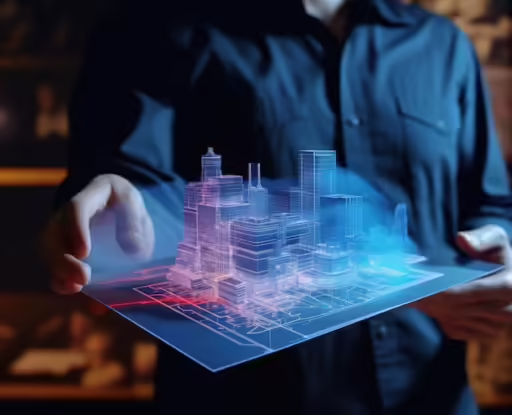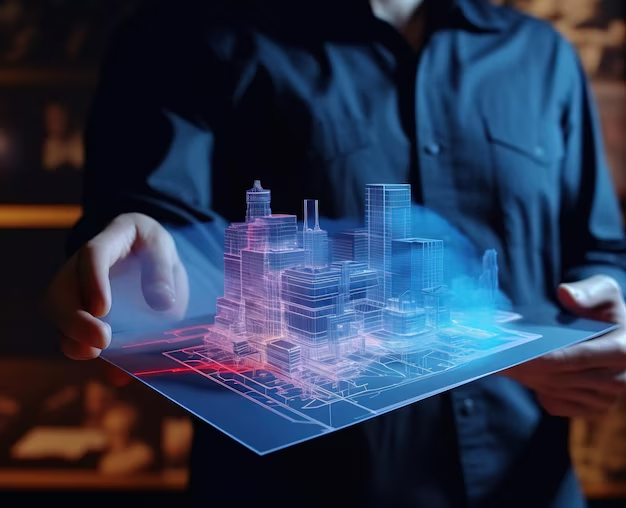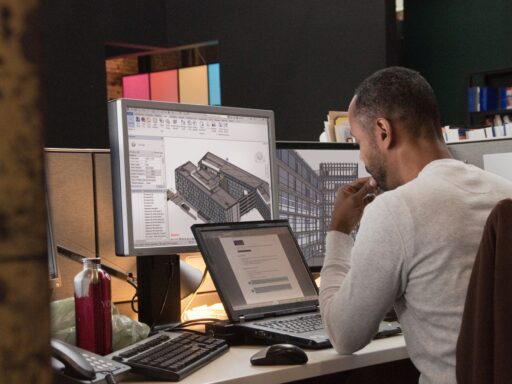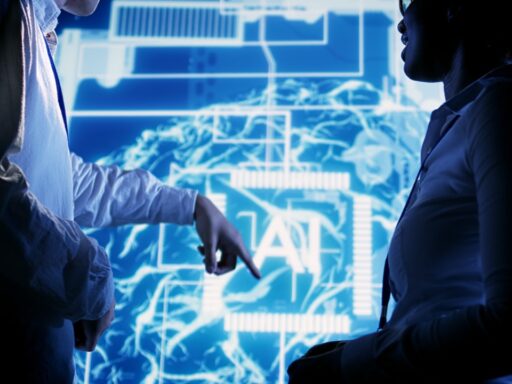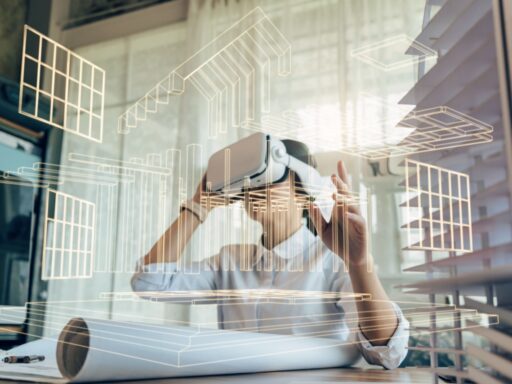Understanding BIM
BIM: A Game-Changer in Construction
BIM is revolutionizing the construction industry by creating a virtual, intelligent model of the entire building. Unlike traditional 2D drawings, BIM incorporates detailed information about building components, materials, and their properties. This allows for collaborative work, real-time modifications, and better decision-making among architects, engineers, and contractors.
“BIM allows for collaborative work, where architects, engineers, and contractors can access and modify the model in real-time, ensuring everyone is on the same page.”– Matias Andreozzi, BIM Architect
Exploring 3D Printing
3D Printing: Revolutionizing Construction
3D Printing is a revolutionary technology that has disrupted various industries, including construction. It works by translating a digital 3D model into a series of instructions for a printer, which then builds the object layer by layer using materials like plastic, concrete, or metal. This technology offers numerous advantages in construction, such as faster production times, reduced waste, and cost-effective manufacturing.
When considering the integration of BIM and 3D printing, it’s essential to understand how this technology can subvert traditional initiatives in construction. By effectively utilizing these technologies, you can take advantage of their unique benefits.
To gain a comprehensive understanding of 3D printing and BIM technology, conducting an in-depth study is crucial for successful implementation. The application of these technologies in the construction industry can lead to innovative solutions and cost savings.
Advantages of 3D Printing
- Production of complex geometries and customized components: 3D Printing enables the creation of intricate shapes and customized building components, expanding design possibilities.
- Faster production times: Compared to traditional methods, 3D Printing offers faster production times, allowing for quicker design iterations and project completion.
- Reduced waste: By building objects layer by layer, 3D Printing minimizes material waste, making it a more sustainable manufacturing solution.
- Cost-effective manufacturing: 3D Printing can be a cost-effective manufacturing solution for certain applications, reducing production costs and increasing efficiency.
Benefits of BIM and 3D Printing Integration
Enhanced Visualization
The integration of BIM and 3D Printing offers enhanced visualization capabilities for architects and stakeholders. Physical models can be created from the BIM model using 3D Printing, allowing for better visualization of the design. This enables early identification of potential issues and facilitates informed decision-making.
Streamlined Prototyping
3D Printing enables rapid prototyping of building components, eliminating the need for time-consuming and expensive traditional prototyping methods. This streamlines the design process, allowing for faster design iterations and refinements.
Improved Accuracy
By directly using BIM data to generate 3D printing instructions, the resulting models are highly accurate representations of the design. This translates to fewer errors and better quality control during construction.
Applications in Architecture, Construction, and Facility Management
Architecture: Revolutionizing Design Creation and Detailing
BIM and 3D Printing join forces to revolutionize design creation and detailing in architecture. 3D printing allows architects to produce intricate physical models, enhancing visualization and client interaction. BIM data seamlessly translates into 3D printable files for complex facade components, enabling the creation of unique and customized architectural elements.
“Architects can leverage 3D printing to produce intricate physical models, allowing for better visualization and client interaction.”- Matias Andreozzi, BIM Architect
Construction: Enhancing the Construction Phase
The integration of BIM and 3D Printing significantly enhances the construction phase. BIM models can be used to generate 3D printable components for off-site prefabrication, streamlining construction and improving efficiency. 3D Printing also proves valuable for complex concrete structures, enabling the creation of formwork, molds, and temporary supports. Additionally, specialized construction equipment and tools can be 3D printed for specific project needs.
Facility Management: Optimizing Operations and Renovations
BIM data and 3D Printing play a crucial role in facility management. 3D Printing facilitates the creation of replacement parts for building systems and equipment, ensuring smooth operations. When it comes to renovations and retrofits, BIM models guide the design and fabrication of custom components for seamless integration. Additionally, this technology can optimize space utilization and improve energy efficiency within facilities.
Challenges and Considerations
Cost
The initial investment in BIM software and 3D Printing equipment can be significant, which may pose a barrier to adoption for smaller companies. However, as 3D Printing technology continues to develop and become more affordable, the cost hurdle may diminish.
Scalability
3D Printing technology is still evolving, and its production capacity may not always meet the demands of large-scale construction projects. Scaling up 3D printing capabilities to meet these demands might require additional resources and investment.
Standardization
The construction industry currently lacks established, industry-wide standards for BIM and 3D Printing integration. This can lead to challenges in data exchange and collaboration between different project stakeholders using different software and hardware. Developing standardized practices will be crucial for seamless collaboration and wider adoption of this technology.
Conclusion
Tthe integration of BIM and 3D Printing offers numerous benefits in the construction industry. From enhanced visualization and streamlined prototyping to improved accuracy and customized components, this powerful combination is reshaping the way we design, build, and manage our built environment.
While there are challenges to consider, the potential of BIM and 3D Printing to revolutionize construction is undeniable. As technology continues to advance and practices become standardized, the future of construction looks bright with BIM and 3D Printing at the forefront.

